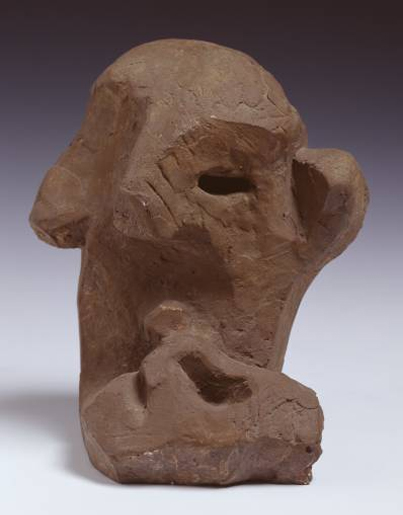IF ARTISTS are the saints of the twentieth century, art galleries are the shrines at which we congregate to muse upon their relics. The saint's-relic approach to exhibi-tions has become increasingly popular — as the latest example, the Tate has chosen to display its new collection of over 50 plaster and terracotta maquettes by Jacques Lipchitz (given to the gallery by the Lipchitz Foundation) inside a series of reli-quary-like glass cases. The Royal Academy did the same with Picasso's sketchbooks.
Glass ensures that we keep a worshipful distance between ourselves and the works of art (this can be very annoying when you are trying to look at sculpture in the round); but at the same time, this transpar¬ent barrier actually heightens our sense of tantalising proximity to objects that have been sanctified by the artist's touch.
Lacking the premeditation of his fin¬ished sculptures, Lipchitz's thumb-and fin-ger-printed terracotta models grant us a peculiarly intimate glimpse into his world (more hell than heaven, as it turns out). Until 1982, the date of the Lipchitz Gift, the sculptor's work was represented in the Tate by a small group of bronzes, predomi¬nantly from his early Cubist period. The new acquisitions, which span more than fif¬ty years of creativity, challenge the tradi¬tional argument that Lipchitz's Cubist works of the 1910s and Twenties constitute his major contribution to twentieth century sculpture. While the Cubist sculptures in the Tate's collection remain impressive, with their architectural exploration of hu¬man anatomy as intersecting planes and volumes, their newly expanded context makes them seem uncharacteristically cool examples of his art. (Lipchitz later de¬scribed them as "so highly planned that I even used blueprints".)
Lipchitz emerges from this show as an extravagantly emotional artist. Writhing biomorphic forms tangle and embrace in works from the Forties (like Song of Songs or The...


